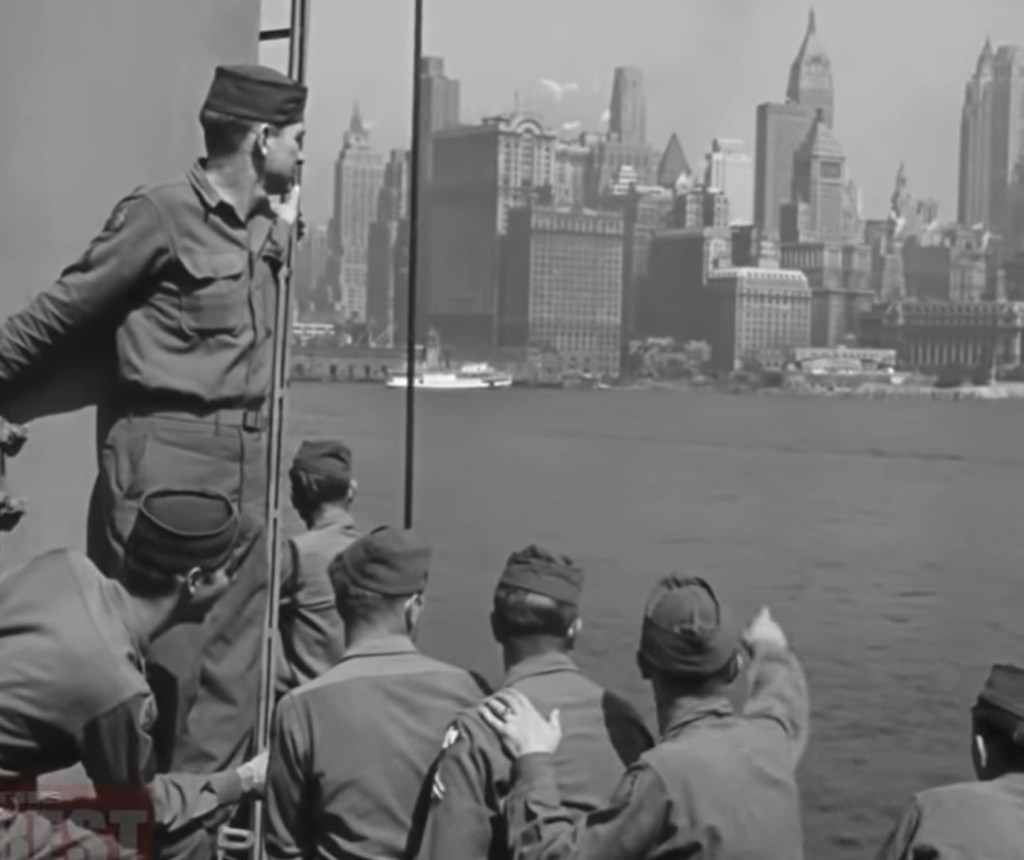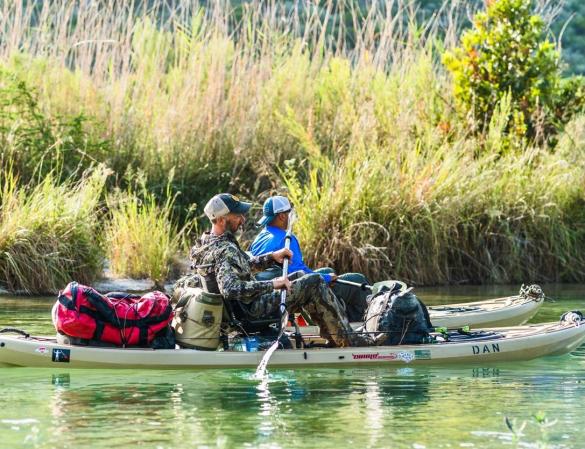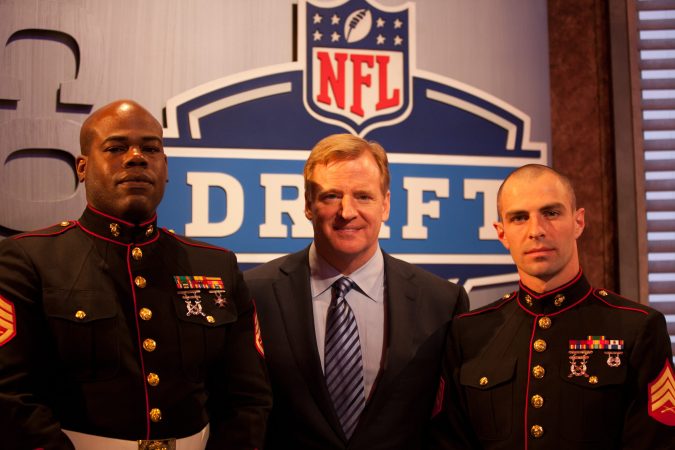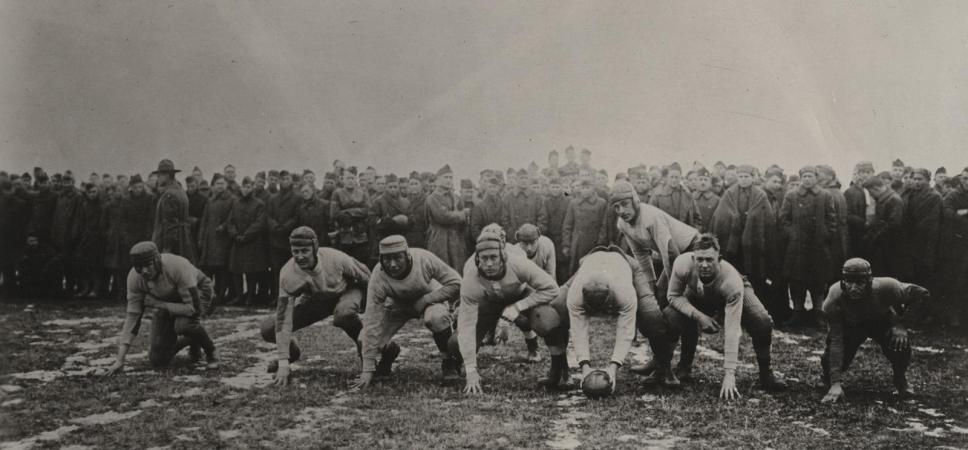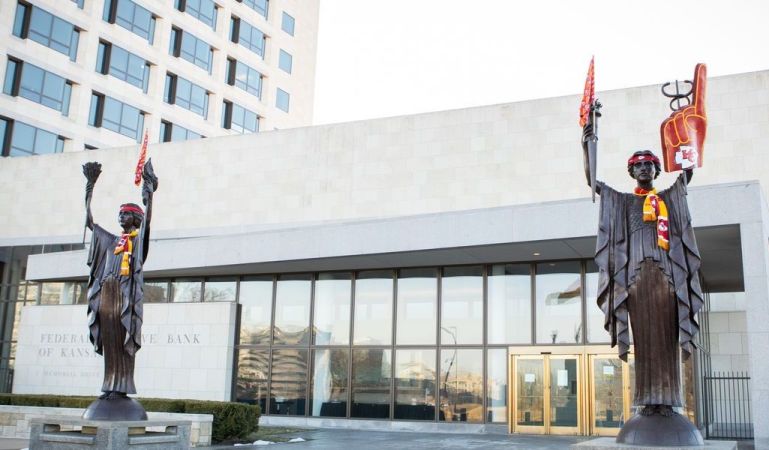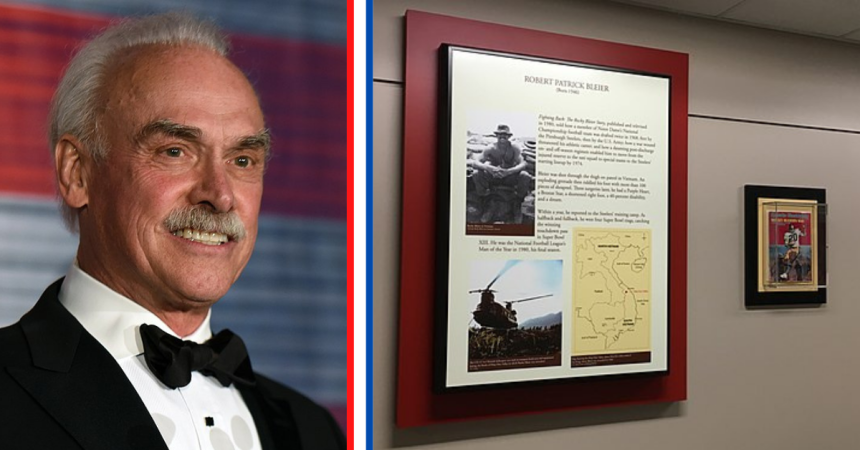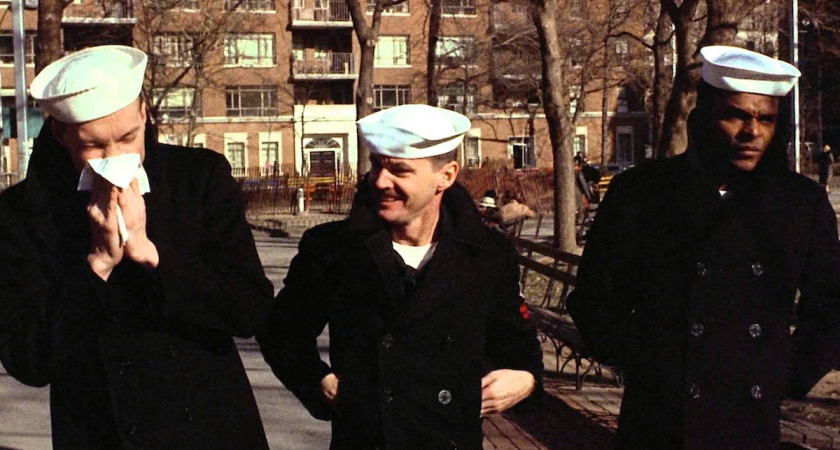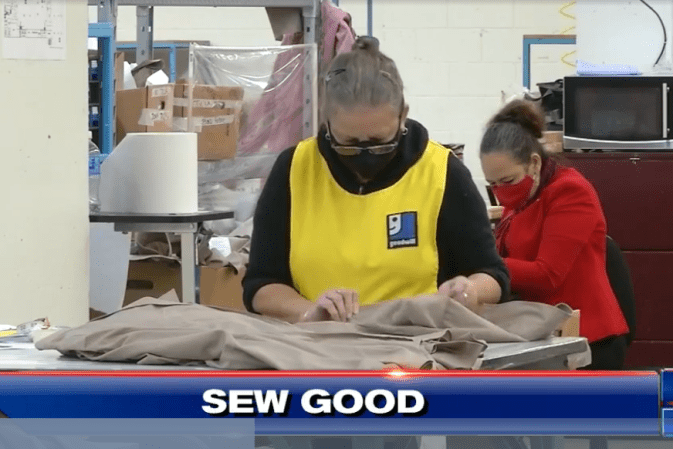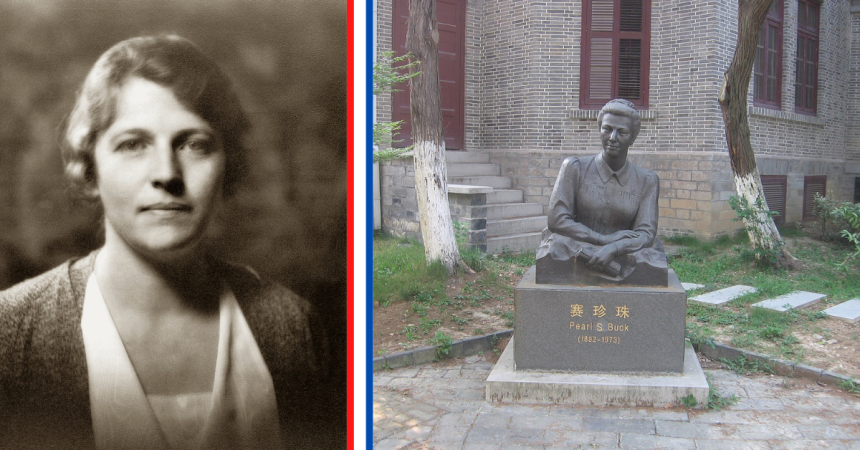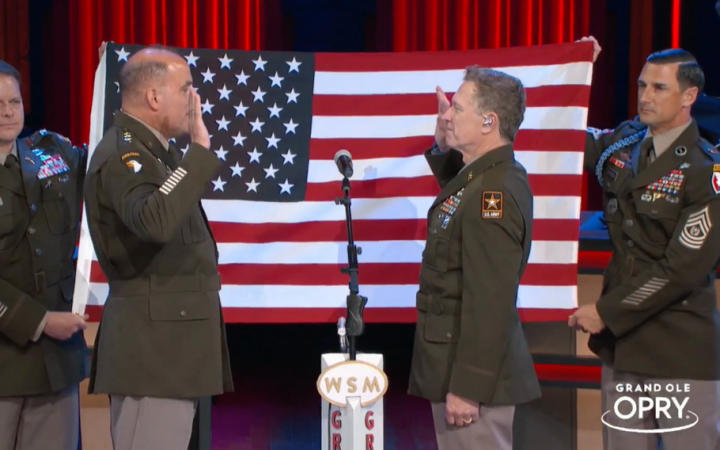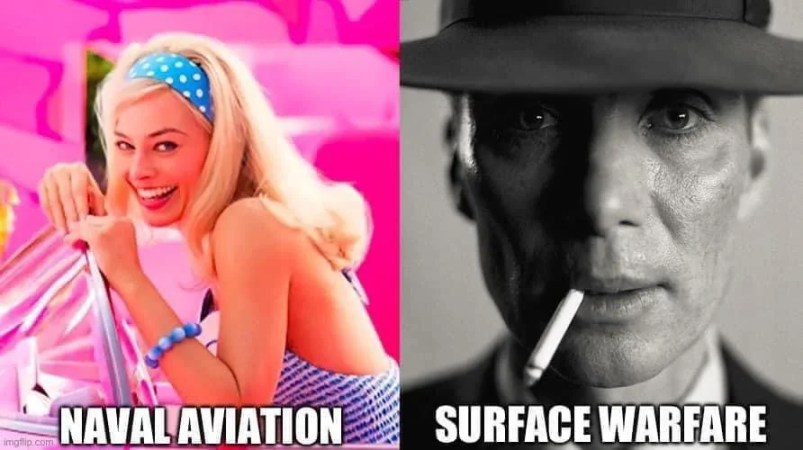United States Code allows honorably discharged military veterans who served during a declared or undeclared war to wear their uniforms under certain circumstances. It states that service or dress uniforms may be worn to ceremonies like “military funerals, memorial services, weddings, [and] inaugurals” or for holiday or patriotic parades or ceremonies. Outside of these provisions, the wearing of the uniform is prohibited. However, during and after WWII, it was common for returning GIs to wear their uniforms weeks or even months after their discharge.

Beginning in 1925, honorably discharged veterans received the Honorable Service Lapel Button. Italian-American sculptor Anthony de Francisci designed the 1/2-inch gilt brass button on the left lapel of civilian clothes upon discharge. During metal shortages, the button was made of plastic. Veterans who received plastic buttons could later exchange them for brass buttons. In addition to the button, a cloth lozenge was also issued. Approximately 1.5 inches tall and 3 inches wide, the lozenge was sewn above the right breast pocket of a service member’s dress uniform when they were being discharged.
The design of the button and lozenge features an eagle with outstretched wings passing through a ring. However, the bird’s pose made it appear as if it was bursting. Moreover, the design of the eagle itself was likened more to a duck. As a result, it became known as the “ruptured duck.” From 1925-1939, the button featured red and white stripes as well as the words “NATIONAL DEFENSE” over a blue background above the eagle. The text was removed and the button became all gold from 1939-1946.

During WWII, enlisted troops were prohibited from possessing civilian clothes unless they had specific orders to do so. This made desertion more difficult and ensured that captured troops could be identified as legal combatants and be treated as prisoners of war in accordance with the rules of war. As a result, discharged troops returning home traveled in their uniforms bearing the Honorable Discharge Emblem. This unofficially served as proof of veteran status for railroads, buses, cabs or ferries offering free or discounted transportation to veterans.
Approximately 16 million Americans served in uniform during WWII. When the war ended, many of these men and women were discharged in a short period of general demobilization. Cloth rationing during the war created a clothing shortage in the U.S. and millions of troops returning at the same time would only make things worse. With the ruptured duck over the right breast pocket, honorably discharged veterans were allowed to wear their uniforms for up to 90 days after their discharge while clothes back home were scrounged up.

For years after the war, many veterans proudly wore Honorable Service Lapel Buttons on their civilian clothes. People wearing their button were often referred to as a “ruptured duck.” The term was later used to describe someone or something moving quickly, as discharged troops were in a hurry to get home after the war. A postage stamp featuring the button was also issued to honor WWII veterans. Notably, a B-25 Mitchell bomber that took part in the Doolittle Raid on Tokyo was nicknamed Ruptured Duck.


